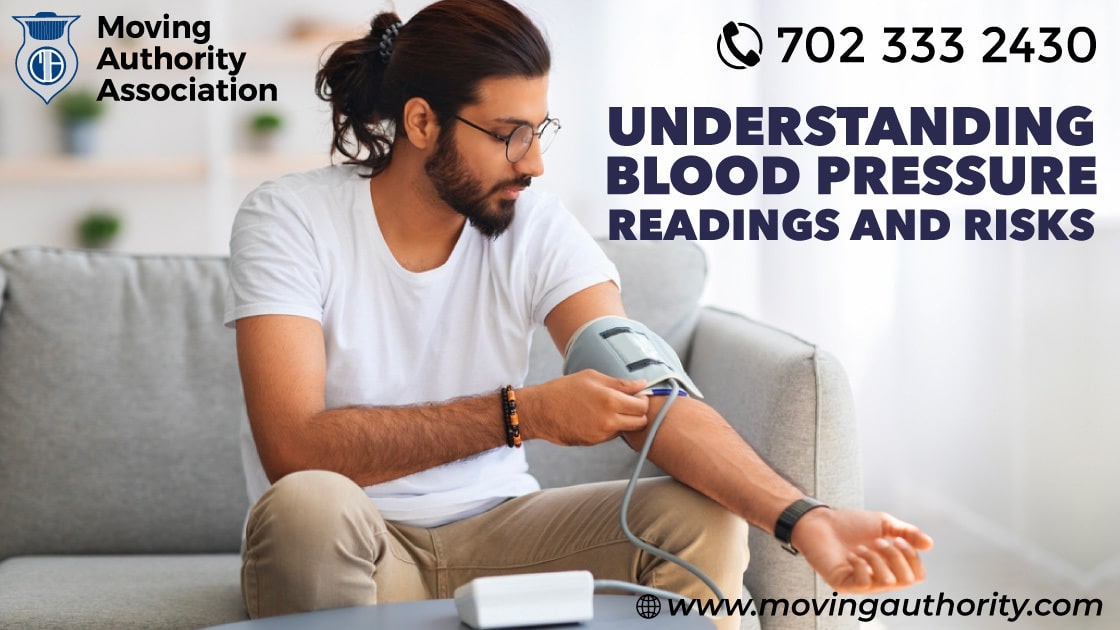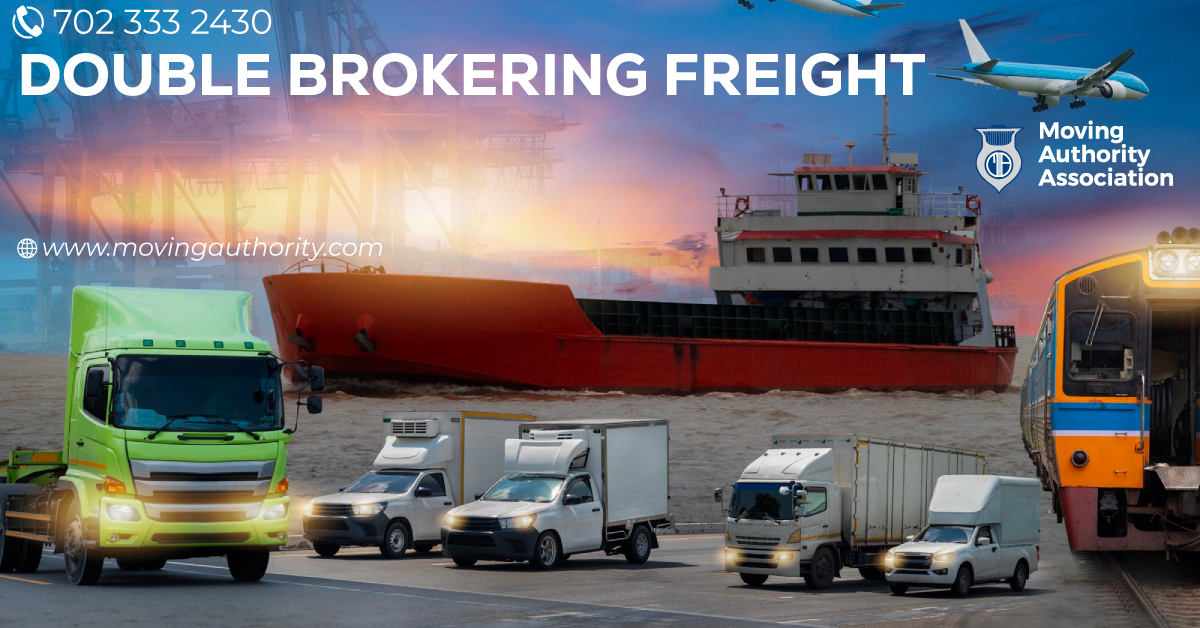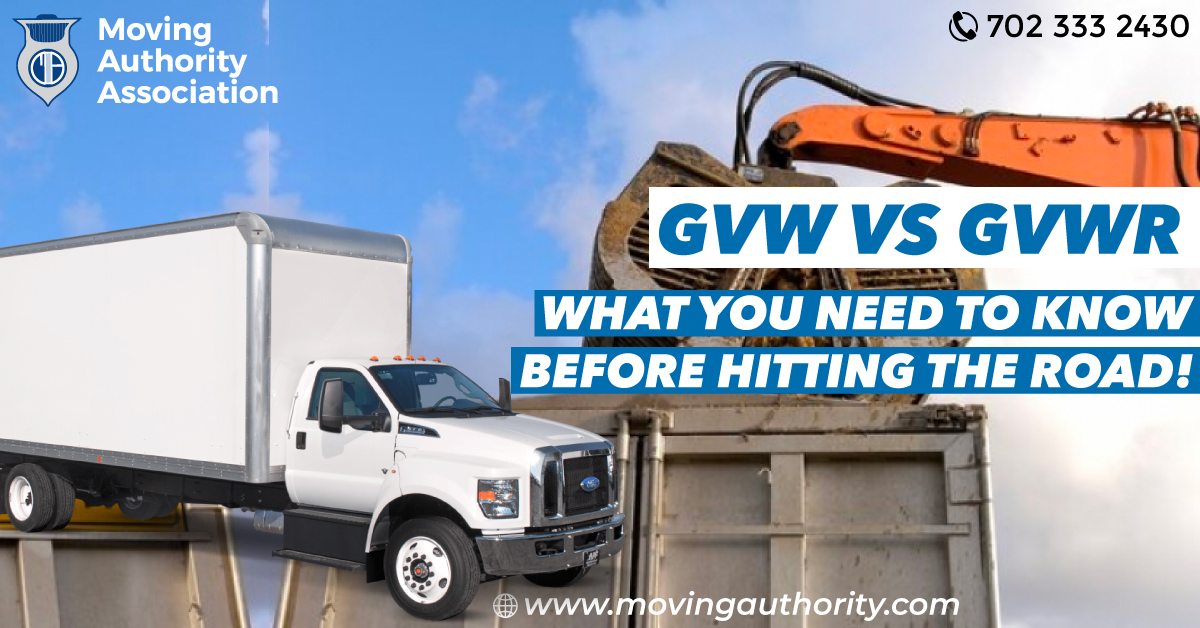
Understanding Blood Pressure Readings and Risks
Definition of blood pressure and its importance
Blood pressure is the force of your blood pushing against the walls of your arteries as your heart pumps it around your body. It’s a vital part of how your heart and circulation work to provide oxygen and nutrients to your tissues. Know here about DOT Medical Card. Keeping tabs on your blood pressure is crucial, especially in the demanding trucking industry, where long hours and a sedentary lifestyle can take a toll on your heart health.
Systolic vs. diastolic blood pressure
Blood pressure is measured using two numbers: the systolic pressure (the higher number) and the diastolic pressure (the lower number). The systolic pressure measures the force your heart exerts on the walls of your arteries with each beat, while the diastolic pressure measures the pressure in your arteries when your heart rests between beats.
Key Differences:
- Systolic Pressure:
- Indicates how much pressure your blood exerts against your artery walls when the heart beats.
- Higher values may indicate a higher risk for health issues.
- Diastolic Pressure:
- Shows the pressure in the arteries when the heart is resting between beats.
- Understanding your overall heart health is just as crucial as systolic pressure.
How to interpret blood pressure numbers
Knowing how to read your blood pressure numbers can guide you in managing your health effectively. Know about Penalty for Lying on the DOT Physical. The numbers are typically written with the systolic number above or before the diastolic number, such as 120/80 mm Hg.
- Normal: Less than 120/80 mm Hg
- Elevated: 120-129/< 80 mm Hg
- High Blood Pressure (Hypertension) Stage 1: 130-139/80-89 mm Hg
- High Blood Pressure (Hypertension) Stage 2: 140 or higher/90 mm Hg or higher
- Hypertensive Crisis: If it is higher than 180/higher than 120, seek emergency care.
Overview of normal, elevated, and high blood pressure levels
It’s essential to understand the different blood pressure ranges:
- Normal Blood Pressure keeps all your tissues well-supplied with oxygen-rich blood.
- Elevated Blood Pressure isn’t hypertension yet, but it’s a sign you must take heart-healthy actions.
- Hypertension stage 1 or 2 increases the risk of heart disease, stroke, and kidney failure.
Staying within the normal range is part of maintaining your CDL and your livelihood on the road. Be mindful that conditions like “white coat syndrome” can affect readings due to anxiety at the doctor’s office, so consistent monitoring is critical for accurate results.
Remember, managing your blood pressure is a marathon, not a sprint. It’s about long-term habits and knowing the risks to navigate them wisely. For resources on staying compliant with FMCSA regulations and ensuring you’re fit for the road, visit Moving Authority at www.movingauthority.com and consider our packages tailored to the transportation industry, like the Drug and Alcohol Program or Driver Qualification Files. These can assist in maintaining regulatory compliance related to health and safety measures.
Crafting a lifestyle that supports heart health is imperative for transportation professionals who want to keep their careers and well-being on the right track. Maintain regular checks, and don’t hesitate to seek medical advice if your readings often fall into the elevated or high categories.
Implications of High Blood Pressure (Hypertension)
Health Risks Associated with High Blood Pressure
High blood pressure, or hypertension, isn’t something to be taken lightly—especially not for folks in the transportation industry who face unique stressors and lifestyle factors that might contribute to their numbers being on the high side. Motor carrier authority? Understanding what’s at stake is the first mile on the road to better health. So, what does a reading like 141/65 mean for you? It’s a sign to buckle up and take notice—your health could be at risk.
Elevated blood pressure raises the highway of risks in your body, from highway to arterial byways:
- Heart trouble: Like a strained engine, your heart works overtime with high blood pressure, leading to heart disease or a heart attack.
- Stroke: Picture a roadblock in your brain’s blood vessels—high blood pressure can cause a stroke by disrupting blood flow.
- Kidney damage: Your kidneys are like the service stations of your body, filtering waste; high blood pressure can cause these to malfunction.
- Vision loss: The small blood vessels in your eyes are delicate. Hypertension can be like driving an overloaded truck, causing damage over time.
Remember, folks, it’s crucial to monitor your numbers and understand symptoms. Know about The Basics of a DOT Physical. If you’re feeling dizzy, experiencing headaches, or having nosebleeds, these could be warning signs that your blood pressure is putting your health at a red light.
Understanding Stage 1 and Stage 2 Hypertension
First, let’s make sense of Stage 1 and Stage 2 hypertension. Think of it this way:
- Stage 1 Hypertension: When your numbers are just starting to climb—the gauge reads between 130-139/80-89 mm Hg. It’s the equivalent of your rig beginning to rattle, indicating it’s time for maintenance.
- Stage 2 Hypertension: Here, you’re looking at readings of 140/90 mm Hg or higher, which is more serious—it’s like the warning lights on your dashboard going off. This stage requires more attention, potentially including medication, to help keep it in check.
To keep your truck—and your body—in tip-top shape, early maintenance and care are critical. Regular check-ins with healthcare providers can help manage both Stage 1 and Stage 2 hypertension and keep those wheels rolling safely down the road.
Hypertensive Crisis: Urgency vs. Emergency
Folks, there’s an escalation you need to be aware of: the hypertensive crisis. This isn’t just a flat tire; it’s like your engine blew on a steep grade, and you need help pronto.
- Hypertensive Urgency: Numbers skyrocket above 180/120 mm Hg, and you might not have symptoms—but don’t be fooled. This is your cue to reach out to a healthcare professional quickly.
- Hypertensive Emergency: This is as critical as it gets. Your blood pressure soars, and you have signs of organ damage, like chest pain, shortness of breath, or blurred vision. Learn about DOT medical cards. It’s like losing control of your vehicle—a situation that demands immediate emergency assistance.
Remember that while the goal is prevention, knowing what to do when faced with a crisis can mean distinguishing between a close call and a significant health detour.
For professional drivers, addressing health concerns is also a matter of compliance and safety. If hypertension is a part of your life’s journey, Moving Authority is your partner in navigating the road to compliance. With packages that support you in staying on top of your medical certificates and compliance details, you can focus on the road ahead. Discover more at www.movingauthority.com and keep your career and health journey moving in the right direction. Remember, take the wheel on your health by being proactive with blood pressure management—it’s a vital part of being road-ready, every single day.
Medical Treatment and Medication for Hypertension
When medication may be necessary for managing blood pressure
For those in the transportation industry, maintaining healthy blood pressure levels isn’t just a matter of personal well-being—it’s essential for job performance and safety on the road. While lifestyle changes like a balanced diet, regular physical activity, and stress management can significantly affect blood pressure, medication might become necessary when these measures are insufficient or when blood pressure readings consistently exceed the normal range. Generally, medication is considered when:
- Blood pressure readings are consistently above 140/90 mmHg.
- There is an existing risk of cardiovascular disease or related complications.
- Lifestyle adjustments fail to lower blood pressure adequately.
It’s vital to consult a healthcare professional who can assess the need for medication based on individual health profiles and the demands of a driving career.
Different types of blood pressure-lowering drugs
There are several classes of drugs used to treat hypertension, each working in a unique way to help lower blood pressure. Some common types include:
- Diuretics: Help the body to get rid of excess sodium and water, reducing blood volume.
- Beta-blockers: Decrease the heart rate and reduce the heart’s blood output.
- ACE inhibitors: Prevent the formation of a hormone that narrows blood vessels.
- Angiotensin II receptor blockers (ARBs): Relax blood vessels by blocking the action of a hormone that causes them to narrow.
- Calcium channel blockers: Impede the movement of calcium into the heart and vessel walls, thereby relaxing the blood vessels.
- Renin inhibitors: Decrease the production of renin, an enzyme that helps regulate blood pressure.
The right medication or combination of drugs, tailored to the individual’s needs and medical history, can effectively manage hypertension.
Goal readings for blood pressure management
For most adults, including those in the driving community, the target blood pressure level is below 130/80 mmHg, as readings in this range are linked to a lower risk of heart disease and stroke. How to Use Social Media the Right Way Communication Development. Achieving and maintaining this goal requires a proactive approach:
- Frequent monitoring to ensure blood pressure levels remain in the target zone.
- Regular consultations with healthcare providers to adjust treatment plans as needed.
- Compliance with medication regimens, including taking the correct dosages at prescribed times.
Remember, effectively managing hypertension isn’t just about hitting target numbers; it’s about enhancing overall health and ensuring highway safety. And while working on medical treatment yourself is crucial, the smooth operation of your business is equally important. For those needing support services like DOT and FMCSA compliance, or help with the USDOT Number or Drug and Alcohol Program, consider the expertise offered at Moving Authority to ensure that your transportation business runs without a hitch, even as you keep your health in check.
Maintaining a blood pressure within the goal range can lead to a healthier life on and off the road. Learn about the Requirements for the DOT Physical. By addressing hypertension with the right medical treatments, and lifestyle adjustments, and by ensuring compliance with regulations through capable service providers, professional drivers and transportation business owners can better manage their health and the health of their businesses.
When to Seek Medical Attention for Blood Pressure Issues
Signs and Symptoms Necessitating a Doctor’s Visit
High blood pressure, often called the “silent killer,” can creep up without noticeable symptoms. However, indicators such as severe headaches, fatigue, vision problems, chest pain, difficulty breathing, irregular heartbeat, and blood in the urine should prompt a visit to your healthcare provider. Don’t wait until your symptoms worsen. As someone always on the move, keeping a portable blood pressure monitor as part of your road kit is a smart way to keep track of your health.
- Severe headaches
- Fatigue or confusion
- Vision issues
- Chest discomfort
- Breathing difficulties
- Pounding in your chest or ears
When to Go to the ER for High Blood Pressure
Suppose high blood pressure skyrockets to levels 180/120 mm Hg or higher and is accompanied by symptoms like chest pain, shortness of breath, numbness, vision changes, or difficulty speaking. In that case, it’s vital to see emergency medical help immediately. Want to learn about A moving claims package? These could herald a hypertensive crisis that may lead to a heart attack or stroke — time is of the essence.
Long-term Monitoring and Checkups with Healthcare Professionals
For drivers in the transportation industry, sustaining peak physical condition is crucial. Regular checkups, at least once a year, can catch high blood pressure early, even when it’s just creeping above normal. Healthcare professionals can also guide for maintaining or achieving a healthy lifestyle — a valuable companion on your journey to health. Monitoring your blood pressure over time with regular medical checkups is essential for long-term health management:
- Annual health exams
- Blood pressure tracking
- Diet and exercise plans
With the Moving Authority website, ensuring your health requirements are in check is as vital as maintaining your rig. Explore how our packages, like the US DOT Drug and Alcohol Consortium, may complement your commitment to health and safety.
Conclusion and Takeaway Points
Summary of Key Points about Blood Pressure Management
Proper blood pressure management is vital for your health on the road. Keeping a healthy lifestyle, being aware of the signs that warrant a doctor’s visit, and understanding when emergency care is needed can safeguard against serious health issues.
- Lifestyle is the bedrock of blood pressure control
- Know when to consult a healthcare provider
- Recognize emergency signs for immediate action
Importance of Proactive Health Measures and Regular Monitoring
Taking proactive health measures is non-negotiable for professional drivers. Regular BP monitoring, healthy eating, staying active, and keeping stress in check are your tools for a long and healthy driving career. Remember:
- Proactive measures save lives
- Regular monitoring keeps you ahead of health issues
- A healthy driver is a safe driver
For expert services and assistance tailored to your professional needs, including drug and alcohol program compliance and safety training services, turn to Moving Authority today!





